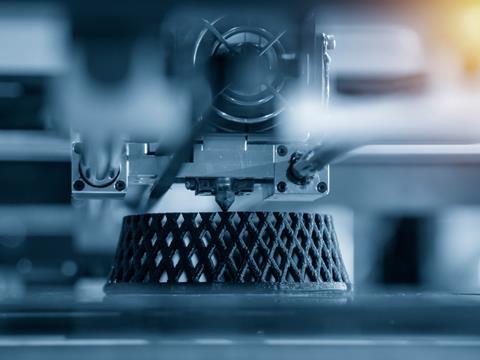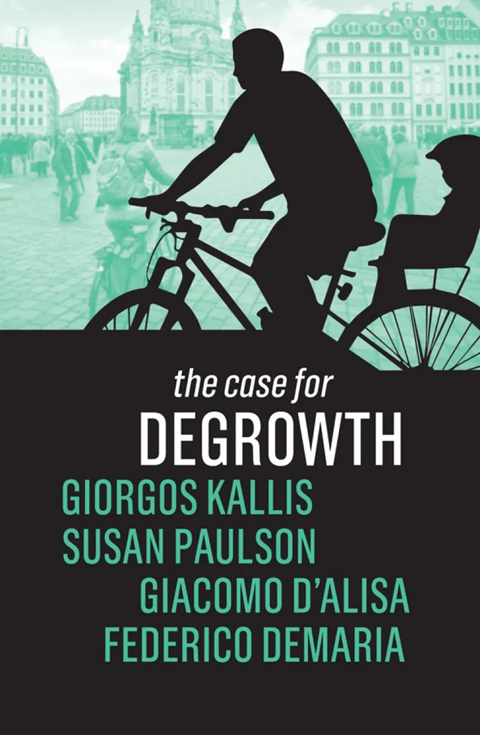
As brands go bespoke and packaging goes local, will packaging megafactories become redundant? Paul Foulkes-Arellano, founder of Circuthon Consulting, asks this question and more – arguing that the industry needs to work smarter, not larger, and embrace technology over expansion.
“Can you imagine what we might be able to do if we took a truly innovative approach to the problems that our industry faces?” – Steve Kelsey, PI Global, June 2011
Steve is a visionary. I learned everything I know about packaging by visiting factories and filling lines with Steve in the late eighties and early nineties. Steve was able to look ten, twenty, thirty years into the future and map out how packaging formats – and indeed, packing, merchandising, and retailing – would evolve.
In the mid-2000s I attended a presentation by Steve where he explained how factories would run multiple SKUs on the same lines with unique graphics. But they weren’t really “lines”; they were far more interesting than that.
We have reached a stage in time when only a highly creative, endlessly inventive approach to packaging manufacture will function. We have reached a point when bigger is not necessarily better. In fact, bigger may spell disaster.
Chairing the EuroPack Summit in Montreux in early September, and then attending London Packaging Week this month, I’ve had the chance to speak to many packaging producers. There are some common themes in our conversations, and not one of them is growth, per se, but rather maintenance – maintenance of revenue and, in an ideal world, profits.
Unsurprisingly, the conversations have revolved around sustainability, efficiency, transport, energy costs, and inventory. And what is the obvious (but unthinkable) solution? Lots of small units, close to customers, with ultraflexibility and the ability to reprocess their own waste.
But we live in a business-as-usual world, not a zero-waste circularity-as-usual world. And there are billions sunk into that kit – so what to do?
When I look at the books on my shelves, I realise it’s very different from the late ’80s, when I began working in the packaging industry. The titles of the books include The Circular Economy Handbook, The Case for Degrowth, The Acorn Method, Environment and Economy, Sustainable Materials, Sustainable Energy, and, of course, Doughnut Economics. These book titles alone give us a very clear view that the world has changed – but more than that, it’s changing very rapidly.

Manufacture, as I was taught in my MBA, is changing with equal speed, yet still with a focus on enormity; on line speed; on mammoth machinery, with mammoth lead times. Months – nay, years – to actually purchase and install that machinery, which subsequently requires specialist maintenance. Every factory visit you go on, there’s always a line down, there’s always a snag: some kind of packaging or raw material missing, which means the line isn’t working that day.
How many times has that happened to me over my career? How many times have I gone to see a factory, and a particular line is not working until the evening, long after we’ve headed back home?
So, is it time to embrace a “smaller is better” philosophy and look at how to better serve clients?
As I walk around warehouses, I see the packaging supplier names on the shrink wrap on the pallets and wonder how important that particular brand is to the packaging manufacturer. Many of the manufacturer brands we know and love tend to collapse over time. During the lockdown, many brands which sell into Horeca were erased from the map; some barely survived but are still teetering on the edge. As a packaging manufacturer, you have to make the right bets, and even the most tightly run ship can run into all kinds of problems as a recession appears over the horizon.
2023-24 promises to be one of the most challenging times for business in modern history, yet we are still hearing announcements about major “gigafactory” installations.
It’s time to prepare for a shake up
We have already seen the switch to digital in printing. There is an up to 80% reduction in turnaround times when moving from litho to digital – from 4-6 weeks’ lead time reduced to 7-10 days is not uncommon. The issue was often quality, yet shoppers are getting used to buying from tiny companies online, where the print quality is suboptimal.
Now shoppers are turning a blind eye because they want the product.
Some of the digital print on irregular surfaces leaves much to be desired, but this can improve. However, for many packaging manufacturers, this has become a mental barrier to embracing the digital. This mentality flies against the modern concept of MVPs, which predominate in the world of digital tech and AI. “Perfection is the enemy of progress” is a phrase that can be regularly heard in tech, yet much of the packaging industry is focused on perfection. Safety first can hamper innovation.
The other giant technological leap which happened in the last 20 years is additive printing. There is a simple riposte in our industry to anyone who advocates for 2D/3D printing, and that’s cost and speed. Additive printing is too slow and too expensive to use for packaging, is the immediate thought. Now, if we were proposing to print a clamshell from biopolymer filament, then I would be in wholehearted agreement, but we have moved on from the early days of serial production with 3D production.
Many people think about it purely as a prototyping technology. But 3D printing for prototyping is quite different from 3D printing for production; scaling up for production means not merely printing more units from more machines, but preparing systems, industrialising equipment, and adapting processes for a 24-hour serial production. This does not sound straightforward to a business which has been set up as a traditional linear production unit.
We need to be aware of NextGen pack manufacture, which can be done at a microscale (and micro-investment) compared to the current plants we are used to building. NextGen is here now – it’s faster, more affordable, and a fully scalable way to produce tailored products. And what is really exciting is the 3D-printed moulds that can be made overnight, as opposed to waiting for 8 weeks or more for a high-quality milled steel mould. The production line can be utilized to create a whole array of different products at high velocity and lower cost on the same manufacturing platform.
There are many industry sectors within the packaging world that could greatly benefit from a much more modular and low-investment factory model. But my mind turns particularly to glass, where a new furnace can cost an extraordinary amount and take many years to come online, especially now as the glass industry moves towards electrification. That same argument could be applied to a new factory for pulp, particularly for moulded pulp packaging. But most of all for NextGen materials and manufacture 4.0 – we can almost smell a new generation of 3D-printed metal packaging.
There is huge potential for 2D- and 3D-printed metal packaging running from a flexible film right through to rigid packaging. In fact, it’s hard to name a substrate or format that would not benefit from this microfactory approach as opposed to the current gigafactories. Cost efficiencies are all well and good, but when the market is so erratic, those phenomenal efficiencies can turn into a gargantuan burden and risk. Is it time to embrace micromanufacture, or are our pockets so deep?
In March 2020 Paul founded Circuthon Consulting to accelerate his work on sustainability and circular economy projects across the globe. His areas of expertise are raw materials, food & beverage, apparel, and footwear. His particular focus is NextGen fibre recycling, composting, biomaterials, and new material development. Much of his work consists of mentoring businesses in the supply chain and disposal chain on reuse and novel materials.











No comments yet